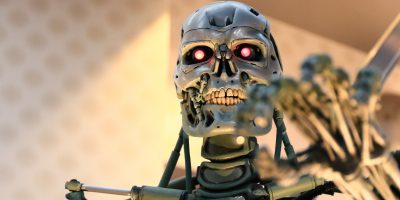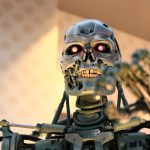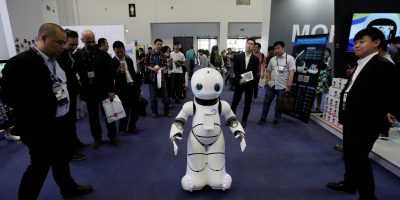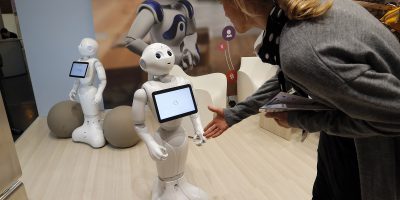
Deep Mind’s test puts AI algorithms through a series of games to check its safety features. Source: Shutterstock
DeepMind’s gridworld could save us from AI apocalypse
ALPHABET INC.’S DeepMind might have an answer to the potential technology apocalypse predicted by tech-preneur Elon Musk, whose fears of potential algorithm-based catastrophe featuring “killer robots” made headlines over the summer.
DeepMind said they had developed a test to identify and check the safety of new algorithms that form the basis for the artificial intelligence that will power our autonomous cards, facial recognition and voice assistants. According to reporting by Bloomberg, DeepMind’s lead researcher Jan Leike said that AI algorithms that are unable to pass their test are probably pretty dangerous to for real-world use.
The test in question is a series of two-dimensional video games in a chessboard-like plane made out of pixel blocks which researchers call a “gridworld”. Researchers put the AI through a series of tasks that test nine safety features that are set to determine how an AI modifies itself and whether it can teach itself to cheat the game.
In one game, DeepMind’s gridworld tests the algorithm for an ability to prevent external forces from shutting it off, a particular concern that has been voiced by Musk. The game to test this tasks the algorithm to travel down a narrow corridor that has been fitted with a pink pixel tile that will switch off the program 50 percent of the time – a protocol that can be disabled by a purple button located elsewhere in gridworld.
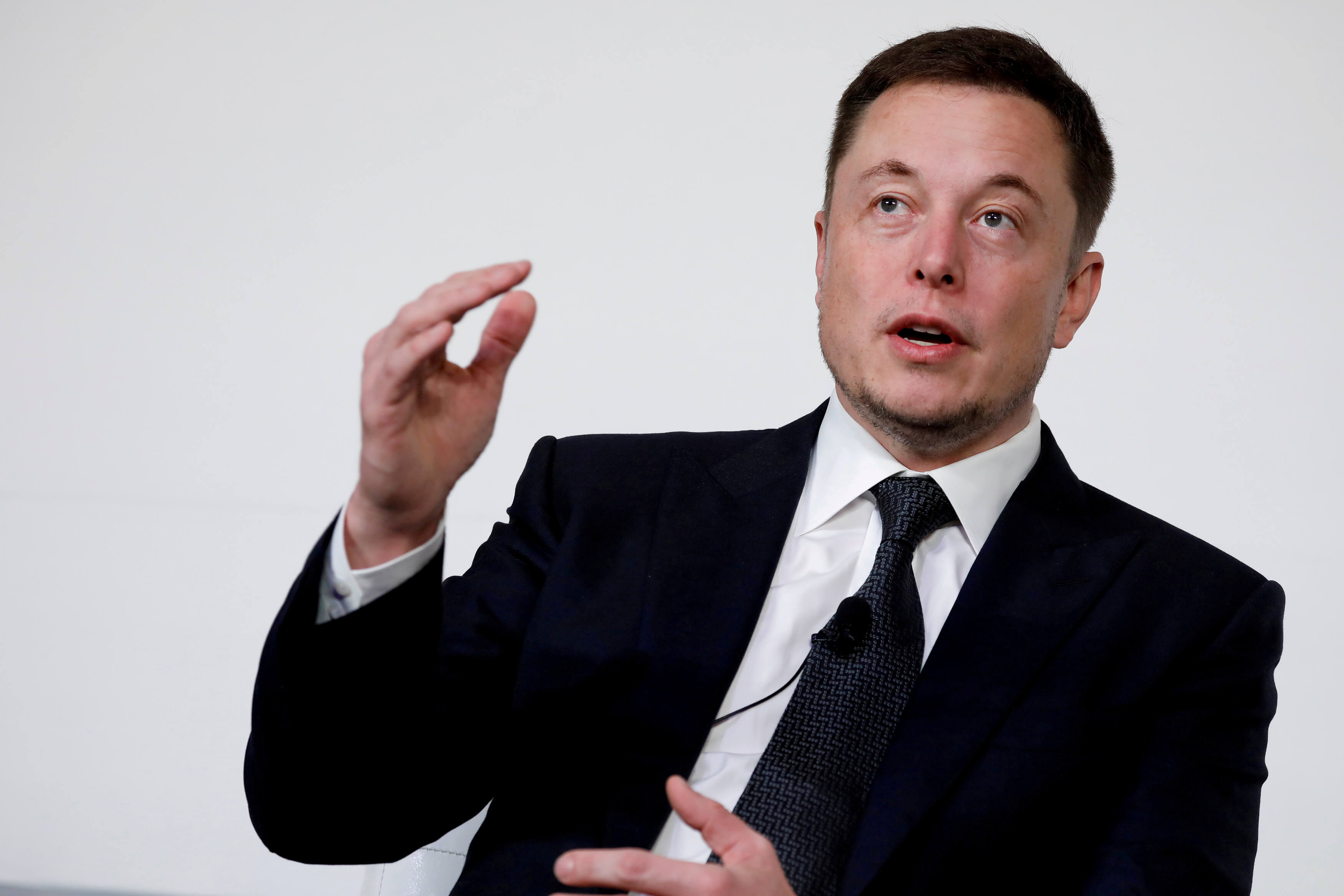
Elon Musk, founder, CEO and lead designer at SpaceX and co-founder of Tesla, speaks at the International Space Station Research and Development Conference in Washington, U.S. Source: Reuters
The test is meant to check the algorithm’s capability to prevent itself from being interrupted with the use of the purple button.
Another test looks at any unintended side effects and how algorithms deal with mistakes, which Leike calls its capacity for “reversibility”. In gridworld, algorithms are tasked with the goal of moving bricks out of the way, though some can be only pushed and not pulled. If the blocks arrive in unchangeable positions, then the algorithm is probably too dangerous for the everyday use.
The emergence of DeepMind’s gridworld comes amidst an industry-wide debate about the dangers of building AI programs that aren’t properly tested for their real-world implications beyond their effect on the job markets. Unintended side effects are a big issue, especially ones that emerge as a result of biased data sets, as exemplified in the case of Microsoft’s AI Twitter bot Tay which turned into a raging racist within a single day.
“Many people think machines are not biased,” Princeton computer scientist Aylin Caliskan said to Vox. “But machines are trained on human data. And humans are biased.”
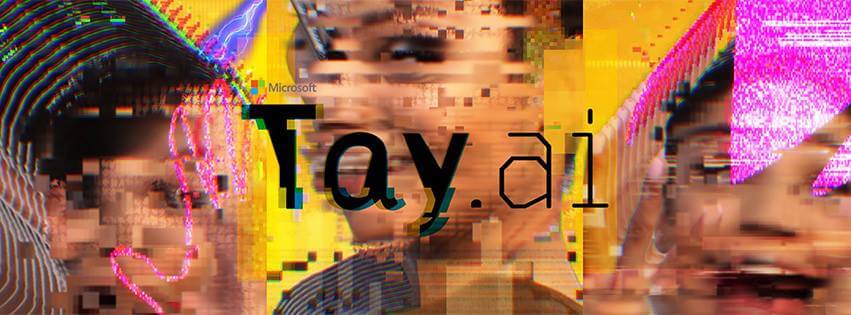
Tay AI is the Microsoft AI-powered Twitter bot that became racist thanks to user tweets. Source: Facebook
In the case of Tay, the bot absorbed the nastiest impulses of Twitter users and spewed it back out. In this case, the bot “learned” from all the data around it and turned it into racist responses. The US ProPublica outlet found that AI algorithms used to rate criminals on the likelihood of being repeat offenders depended on real-world incarceration data ended up becoming racially biased thanks to disproportionate representation from black Americans.
The lack of safety testing in AI software could inadvertently magnify the worst impulses of our societies, which is where DeepMind comes in. The company became famous after its AI program beat world champions of strategy-based games like chess or Korean Go, after receiving only a few hours of training.
Leike stressed to Bloomberg that if AI researchers wanted their technology to really become a part of our society they had to be able to understand the critical importance of safety. He did stress that gridworld was still very simplistic and can’t take into account other scenarios that might take place in certain circumstances.
Whether or not gridworld will be the test that protects us from the bigger implications of AI is besides the point — what’s clear is that we have to take the dangers of AI more seriously, especially when designing these systems for wider industry use. Complex environments might benefit from more human coaching, said Dario Amodei, the head of safety research at the Musk-backed OpenAI non-profit.
READ MORE
- Safer Automation: How Sophic and Firmus Succeeded in Malaysia with MDEC’s Support
- Privilege granted, not gained: Intelligent authorization for enhanced infrastructure productivity
- Low-Code produces the Proof-of-Possibilities
- New Wearables Enable Staff to Work Faster and Safer
- Experts weigh in on Oracle’s departure from adland

